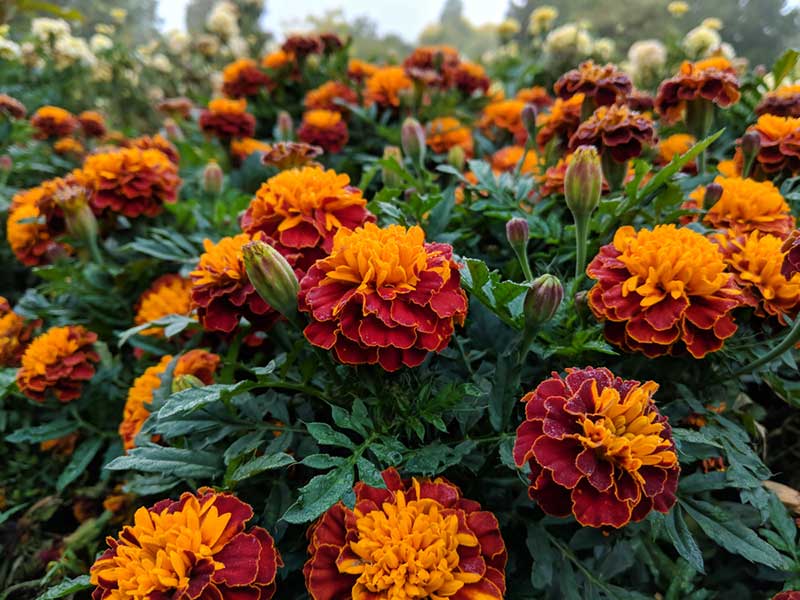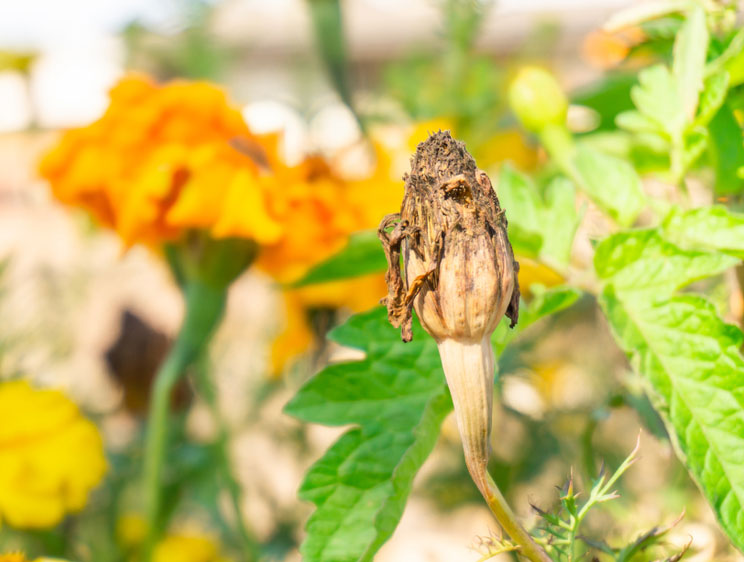Marigold’s pest-repelling properties make it a popular companion for both ornamental and edible plants, but which pairing is best for your home garden?
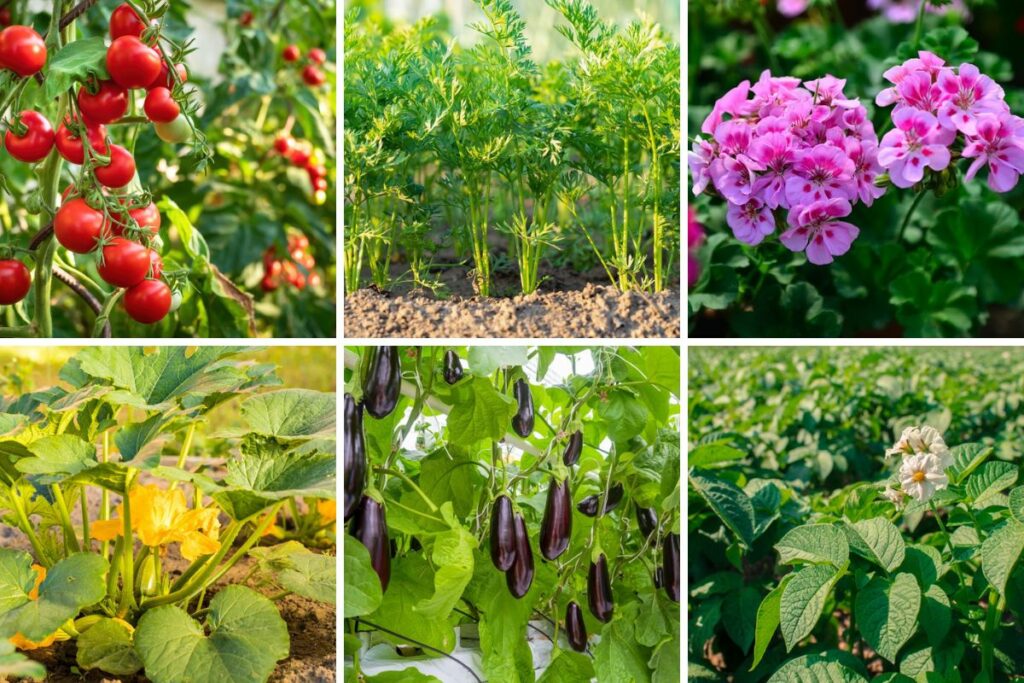
The key is finding crops that share the Asteraceae flower’s love of warm temperatures, slightly acidic soil, and full sun without competing for nutrients.
In this article, we’ll take a look at 15 marigold companion plants that will either make your garden a bit brighter or your kitchen richer!
1. Tomato
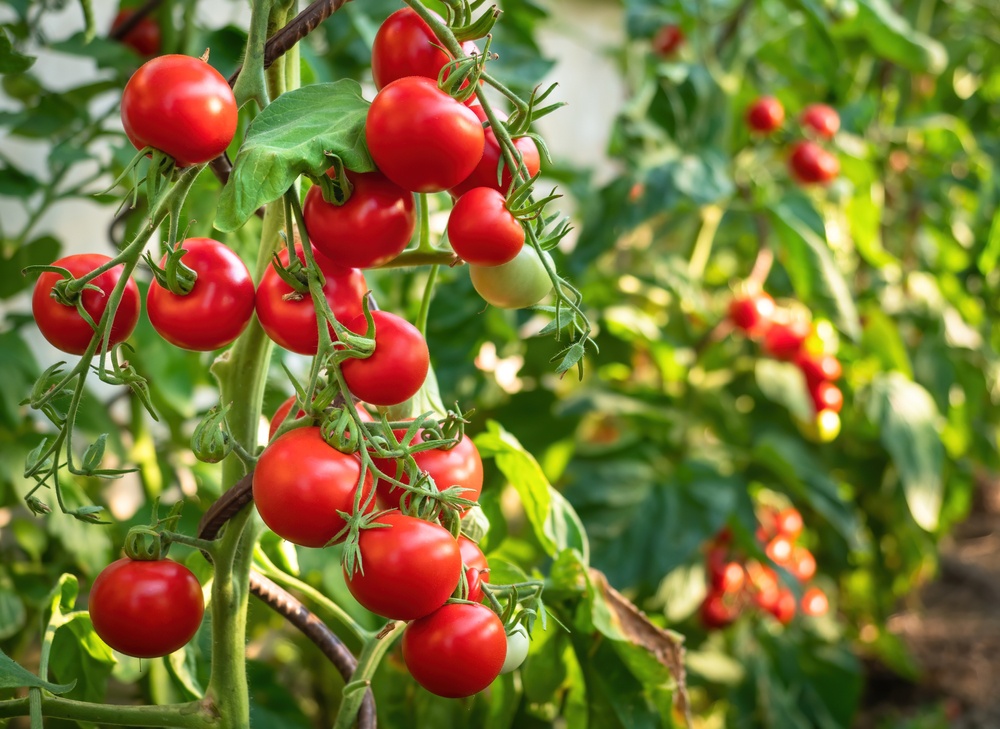
Tomatoes are, hands down, one of the most popular marigold companions. For one, studies indicate that this pairing keeps whitefly populations down. Plus, it protects the tender tomatoes from root-knot nematodes.
Many tomato varieties are well-suited to USDA zones 5–8 and don’t mind a full day of sun.
There’s one catch, though.
You’ll need to plant the tomatoes before the marigolds. Then you’ll be able to harvest ripe tomatoes in 100–130 days. So, this pick might not be ideal if your marigold is already established or you want fast results.
2. Salvia (Sage)
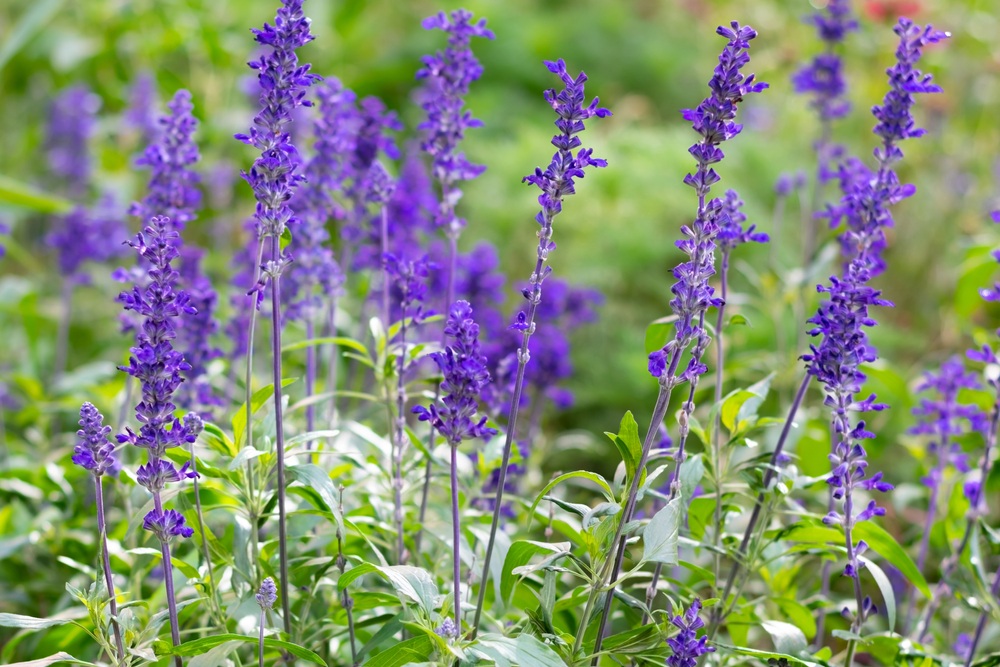
Marigolds already smell fabulous, but why not pair them with salvias for double the aroma? Putting the divine fragrance aside, the marigold will actually protect the salvia from pests.
You also have some room for variation since salvia comes in blue, purple, pink, and red. Most of those bloom in warm months, just like marigolds. You’ll even be able to make the pairing work in zones 4–9.
Generally, salvias don’t require a lot of watering or fertilization during the bloom season.
That said, salvia is taller than most marigolds, ranging from 18 inches to a whopping 5 feet!
3. Squash
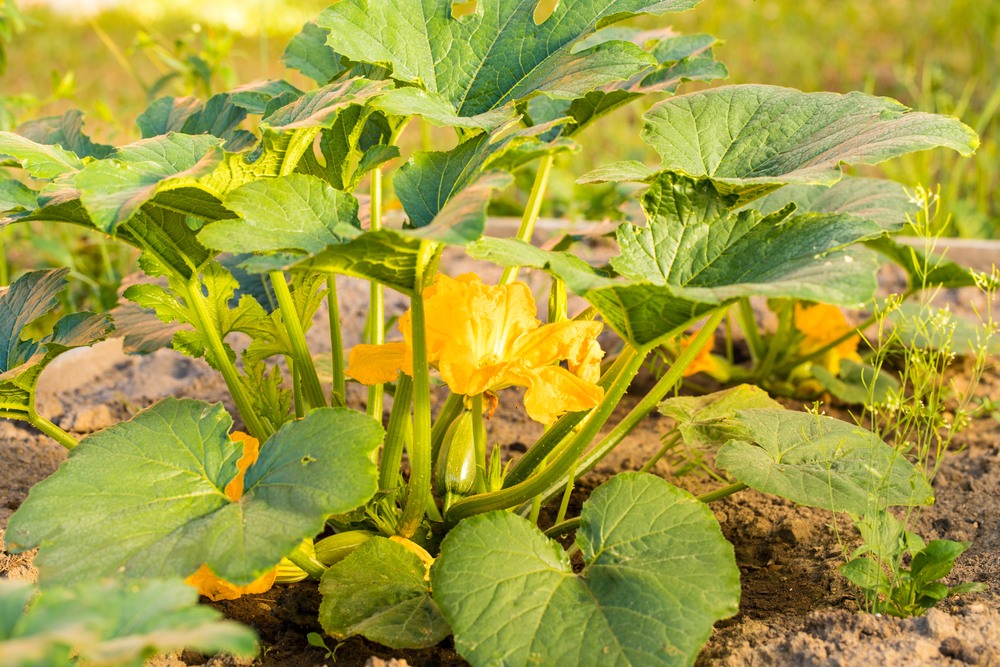
While marigold deters a lot of harmful pests, it also attracts a few bugs, like parasitic wasps. Thankfully, those are actually good for squash since they prey on pests!
When summer rolls in, the marigold will bloom, and the squash will be ready for harvest.
Keep in mind that if you live somewhere with not-so-hot summers, you might need to pollinate the crop yourself. Of course, marigolds will also help by attracting bees.
The neat thing is that pumpkins and squash work well in this case. After all, they both require slightly acidic soil, full sunlight, and an inch of water weekly.
4. Cucumber
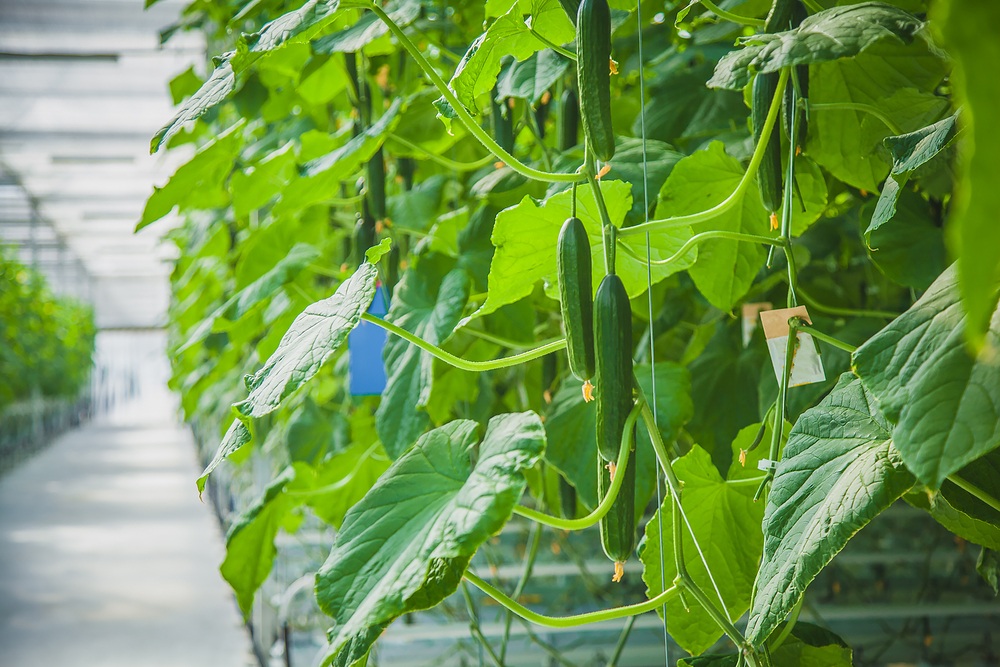
If you’re looking for a vine that can handle full sun, a cucumber plant might be just what you need.
Both cucumber and marigold need the soil to be around 65°F for successful germination. During the summer, you’ll have two sets of yellow blooms in your garden, and one of them will bear fruit.
The ultimate key to planting top-notch cucumbers? That would be frequent picking; any delayed harvest would be a waste of the plant’s energy. Plus, yellow (overripe) cucumbers taste bitter anyway!
5. Potato
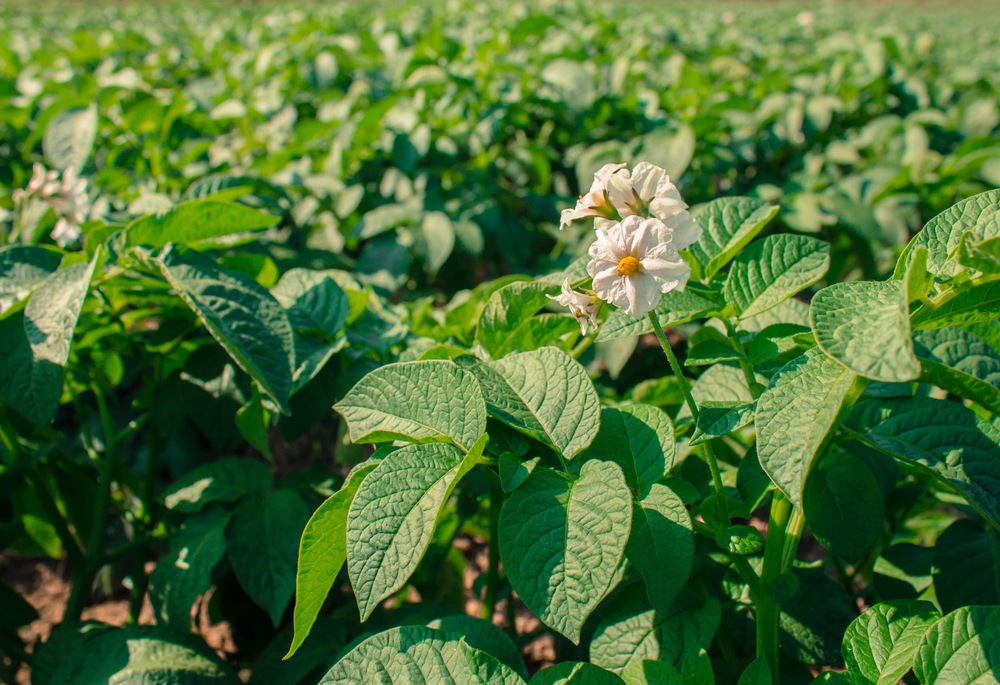
Tomatoes aren’t the only crop that benefits from marigold’s nematode-repelling properties; potatoes do, too.
Unlike marigolds, potatoes are a cool-season plant. However, both plants share similar soil pH and sunlight requirements.
Interestingly, over-watering can lead to deformed potatoes, so you can go for a top-up of 1–2 inches per week.
With that being said, you’ll want to keep cucumbers as far as possible. Individually, both crops are great marigold companions. Yet, cucumbers put the potato plant at a higher risk of blight.
6. Geranium
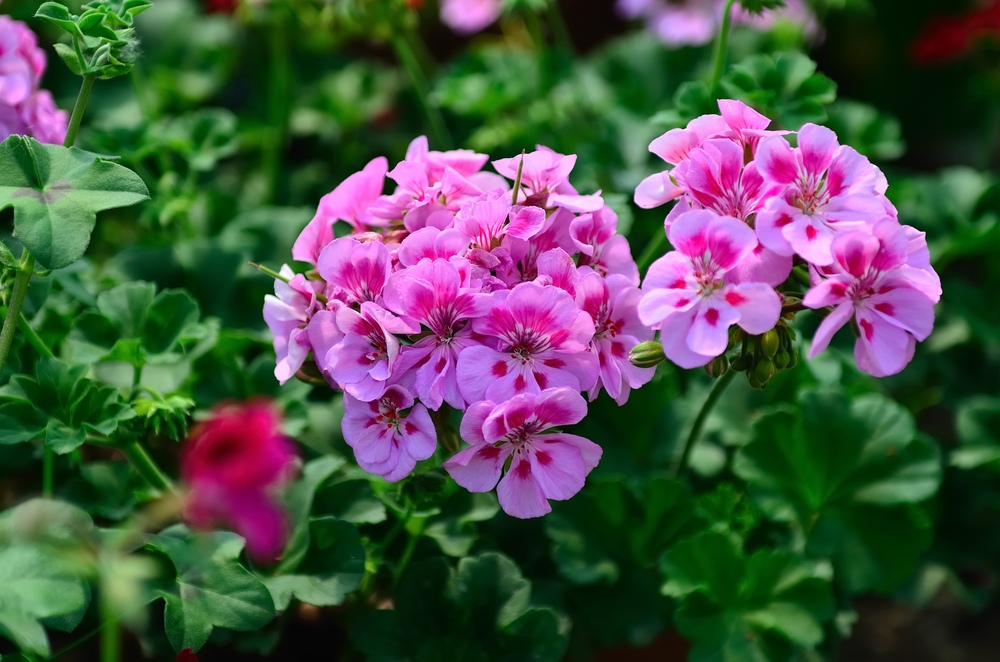
Both geranium (5–36 inches) and marigold (4–48 inches) thrive in warm pots under full sun and bloom in the summer.
If you want to keep the garden monochrome, you can opt for yellow or orange geranium varieties. However, white and pink geraniums are also on the table.
There’s one simple trick to getting the finest blooms from each plant, and that’s light control.
If possible, try to provide some shade over the geraniums only during noon and leave the marigolds exposed to the sun all day. A small, removable canopy will do the job.
7. Carrot
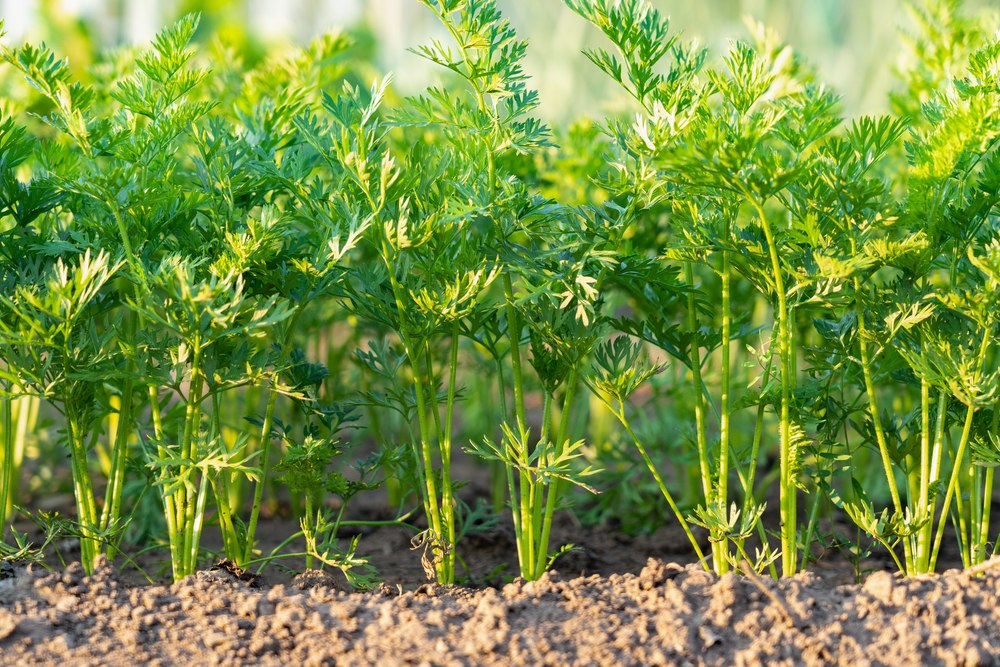
During spring, carrot plants produce the most delicate, white blooms you’ll ever see.
These biennials are well-suited to zones 3–10. Typically, they’re sown in early spring and thrive in areas with slightly acidic and loose soil.
While carrots can handle partial shade, you’ll want to aim for a spot that gets full sun to accommodate the nearby marigold flower bed’s needs.
The best part? Both French and pot marigolds can make carrots sweeter by increasing the sugar and carotenoid content!
8. Lettuce
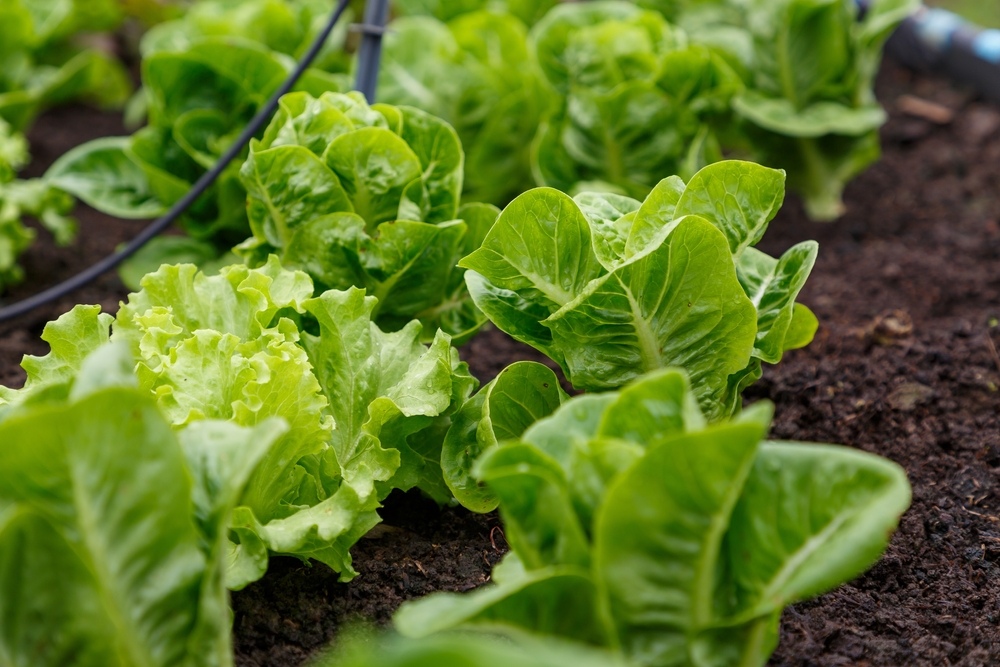
Lettuce and marigold work so well together; the former deters aphids, and the latter boosts its companion’s bloom production.
All the lettuce plant needs is moist, slightly acidic soil with a germinating temperature of 45–65°F. You’ll aim for warmer temperatures to match the marigolds, though.
If you want to keep the crop during the fall, you can plant it again after harvest. However, before sowing the lettuce in late August, you’ll need to cover the row with a layer of bale to get the soil to drop to 10°F.
9. Eggplant
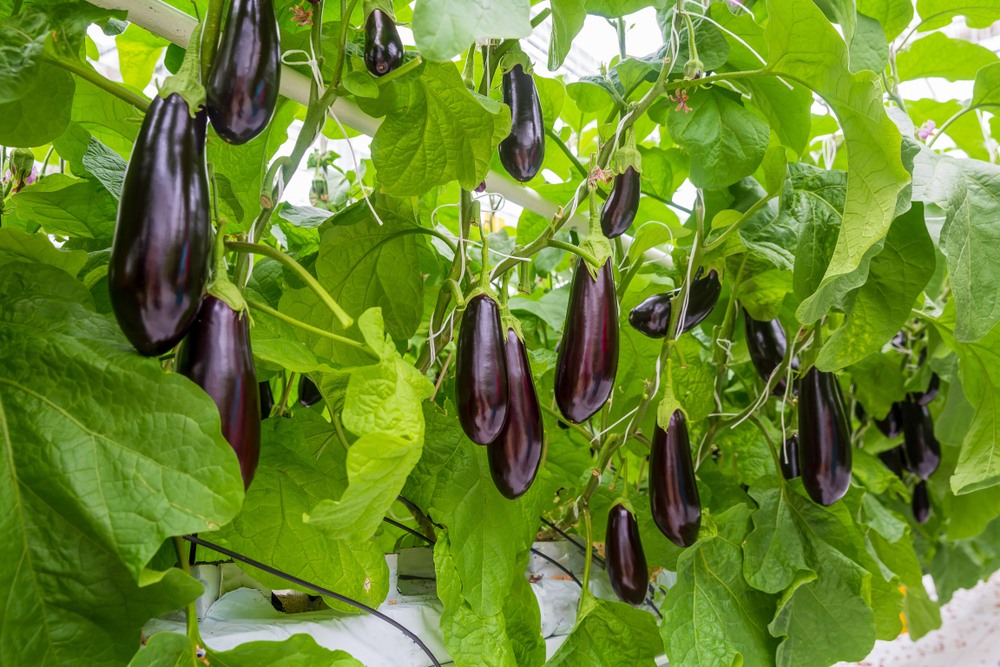
The perennial eggplant is forgiving when it comes to soil pH and is hardy in zones 9b–12a.
Just as with potatoes, over-watering can result in misshapen veggies. So, you can mulch around the plant to help the soil retain moisture without getting waterlogged.
As it happens, marigold’s volatile oils protect eggplants from leafhoppers.
Plus, the eggplant’s five-lobed purple summer bloom complements the marigold’s yellow-orange tones perfectly. However, it’s important to note that there’s a size gap; eggplants can grow around 2–4 feet tall.
10. Lavender
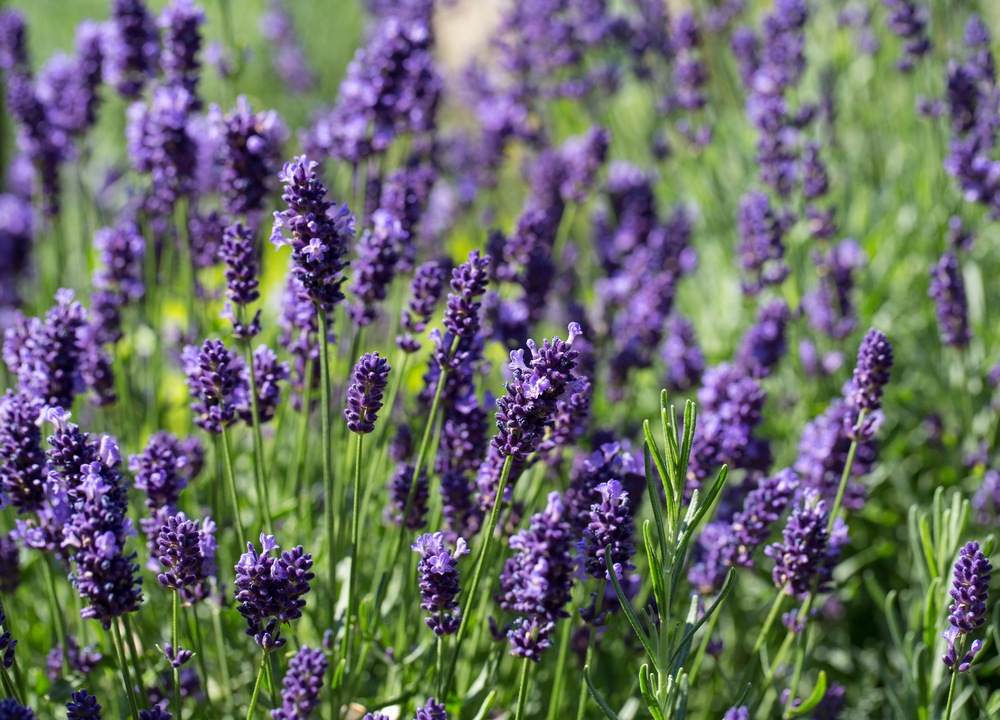
If you liked the contrast between the eggplant’s flowers and the marigolds, you’ll probably love lavender as an alternative companion with summer blooms. As a bonus, you’ll get a divine fragrance combo in your garden!
Typically, you’ll plant lavender in the spring, but it’s not a particularly fast grower.
Although lavender prefers alkaline rocky soil, it can still thrive at a pH of 6.5. Other than that, lavender is just like marigold in the sense that it needs at least 6 hours of full sun and warm temperatures.
Plus, lavender is highly drought-tolerant.
11. Allium
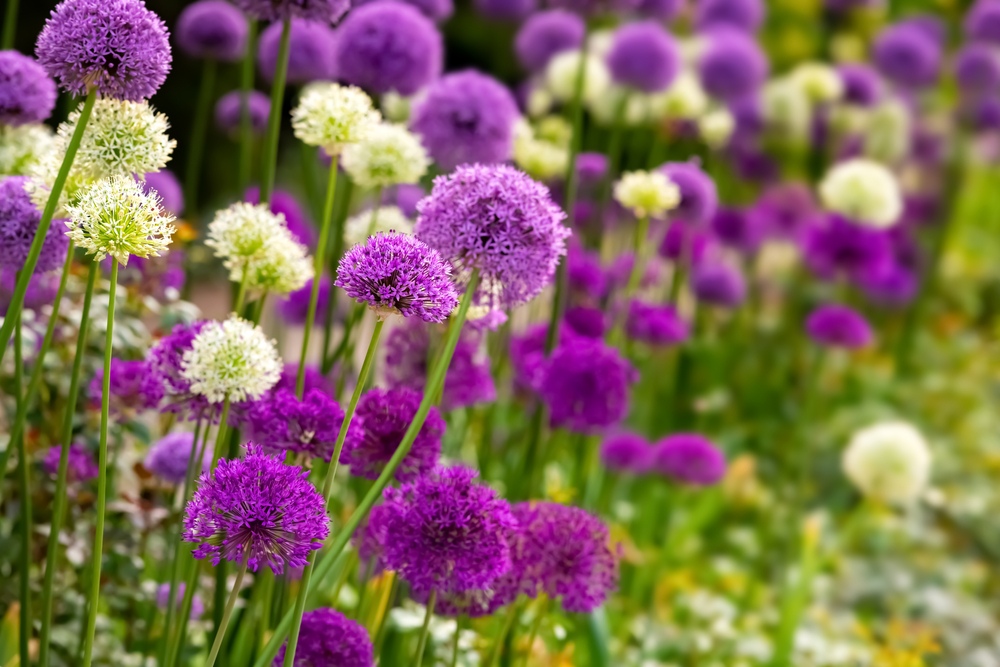
You might know allium as the onion and garlic genus, but we’re talking about the ornamental allium species here.
While this one isn’t edible, its pom-pom flowers (pink, purple, and white) can add a sort of wild beauty to your garden.
To get these spring blooms, you need to plant the bulb in well-drained soil around fall. Then, you’ll have to provide full sun and water every 3–5 days.
However, it’s important to note that alliums can handle high acidity. Meanwhile, marigolds might show bronze speckles if the soil pH drops below 5.5.
12. Cowpea
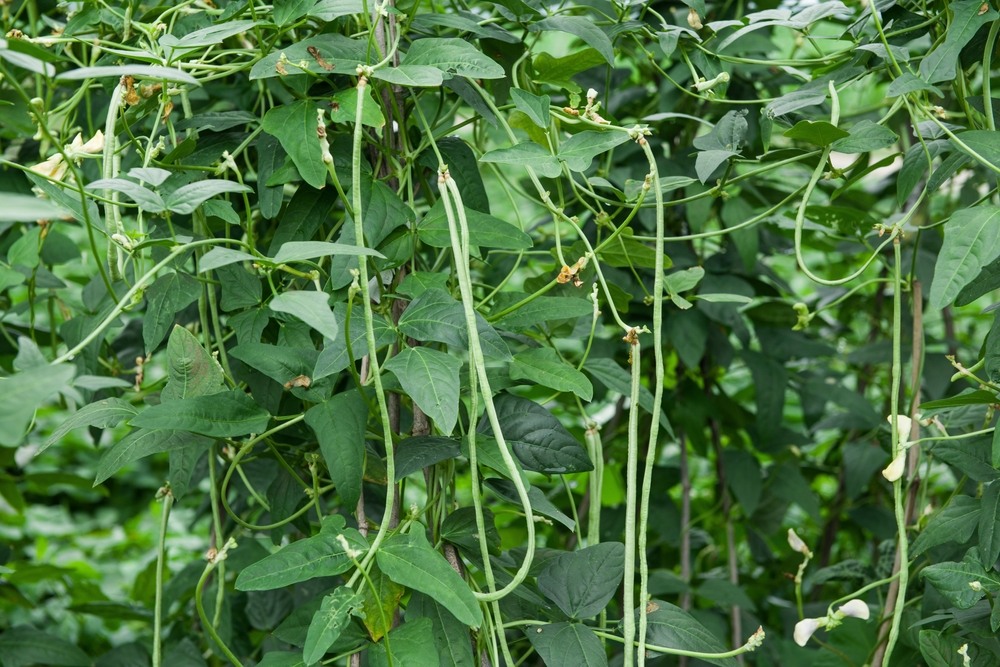
Some people don’t prefer pairing marigolds with beans. Yet, they fit right in with a cowpea plant (technically a bean).
Don’t just take our word for it; studies show that marigolds can protect cowpeas from nematodes and boost their growth rate and yield.
All in all, cowpeas aren’t so demanding.
You’ll plant them in spring in acidic sandy soil. After that, all you need to do is balance the full sun exposure with extra water top-ups.
Here’s a pro tip: make sure you’re not wetting the leaves when you’re watering the soil. Otherwise, fungal infections could take over.
13. Asparagus
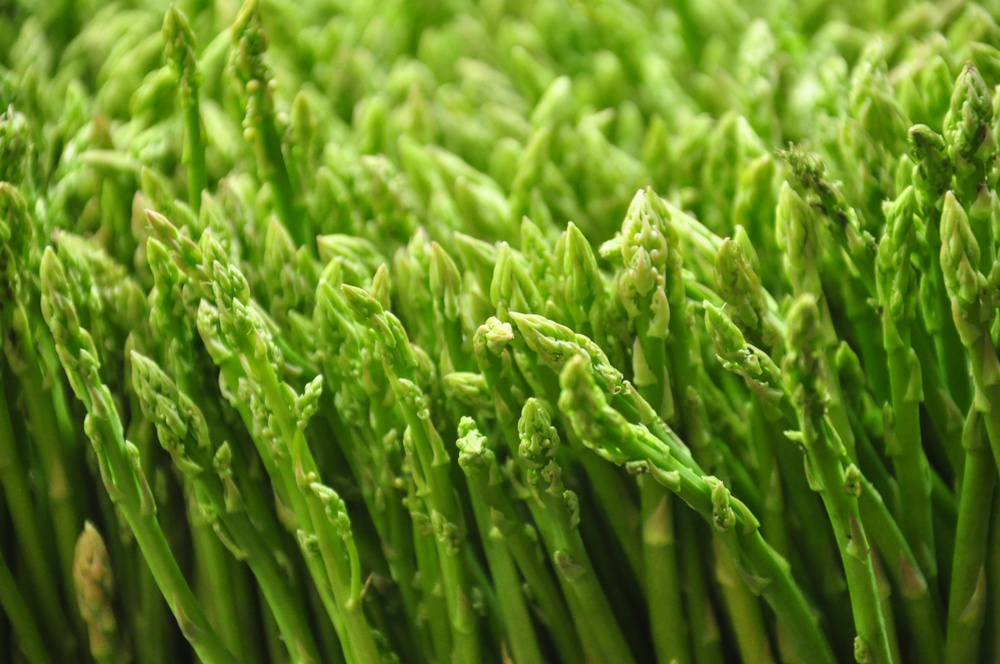
Did you know that asparagus plants produce tiny yellow-white flowers during the summer?
Well, the blooms—as gorgeous as they are—probably aren’t why you’re growing asparagus in the first place. You’ll get your long-awaited spring harvest 3–5 years after planting!
Throughout this period, you need to maintain loamy soil and a temperature of around 70–85°F. For watering, you’ll have to adjust the frequency depending on the growth stage.
Keep in mind that most flowers in the aster family work well as companions for asparagus in zones 3–10, not just marigolds.
14. Collard Greens
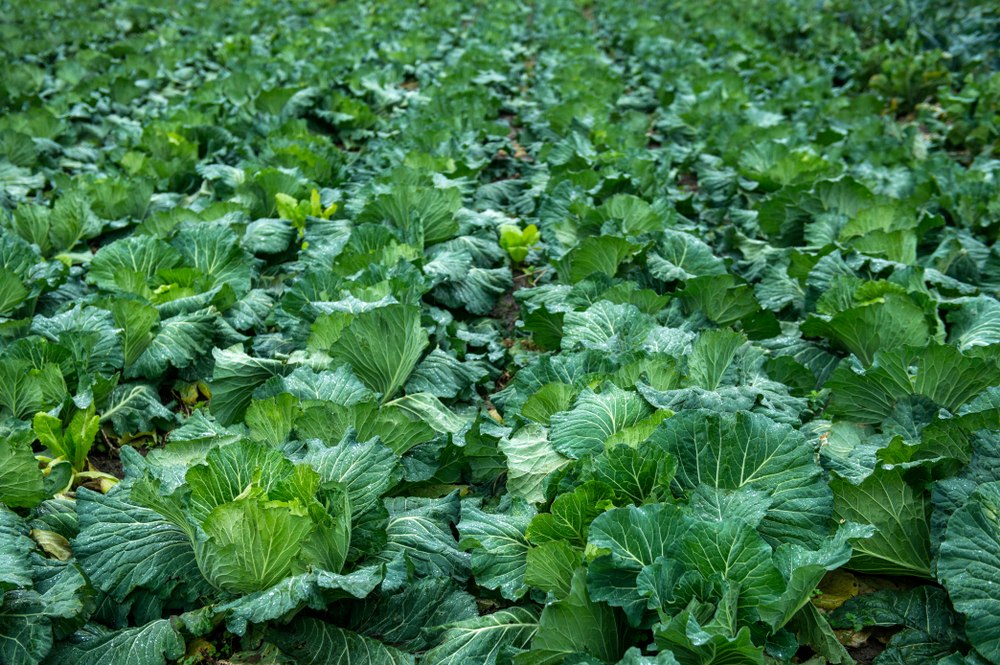
Keeping up with the healthy veggies theme, we have to mention the pairing potential between collard greens and marigolds.
Collard greens are hardy in USDA zones 6–11 and are typically planted 2 weeks before the last spring frost date for a summer harvest. You might need to shift the plating time to fall if you live in warmer areas.
Either way, you’ll want to pick a spot with full sun, keep the soil pH around 6.5, and top up with 1–1.5 inches of water every week.
15. Zinnia
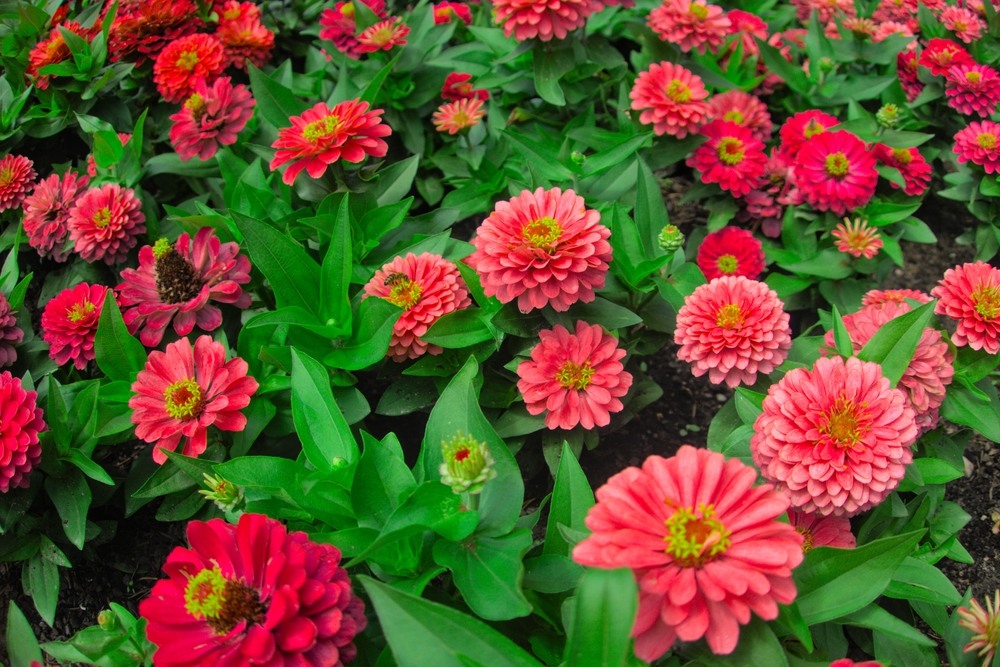
Since some marigolds tolerate neutral soil, you can pair them with zinnias.
From a distance, both summer blooms look similar in shape and color. To avoid this, opt for lavender, red, or even white zinnia varieties.
Depending on where you live, you might have to set different planting times for each flowering plant. For instance, in zone 7, you’ll plant the zinnias around March or April. Meanwhile, you’ll sow the marigolds in June. Regardless of the planting time, you won’t have to worry about watering schedules for the zinnia; it’s pretty drought-tolerant.





